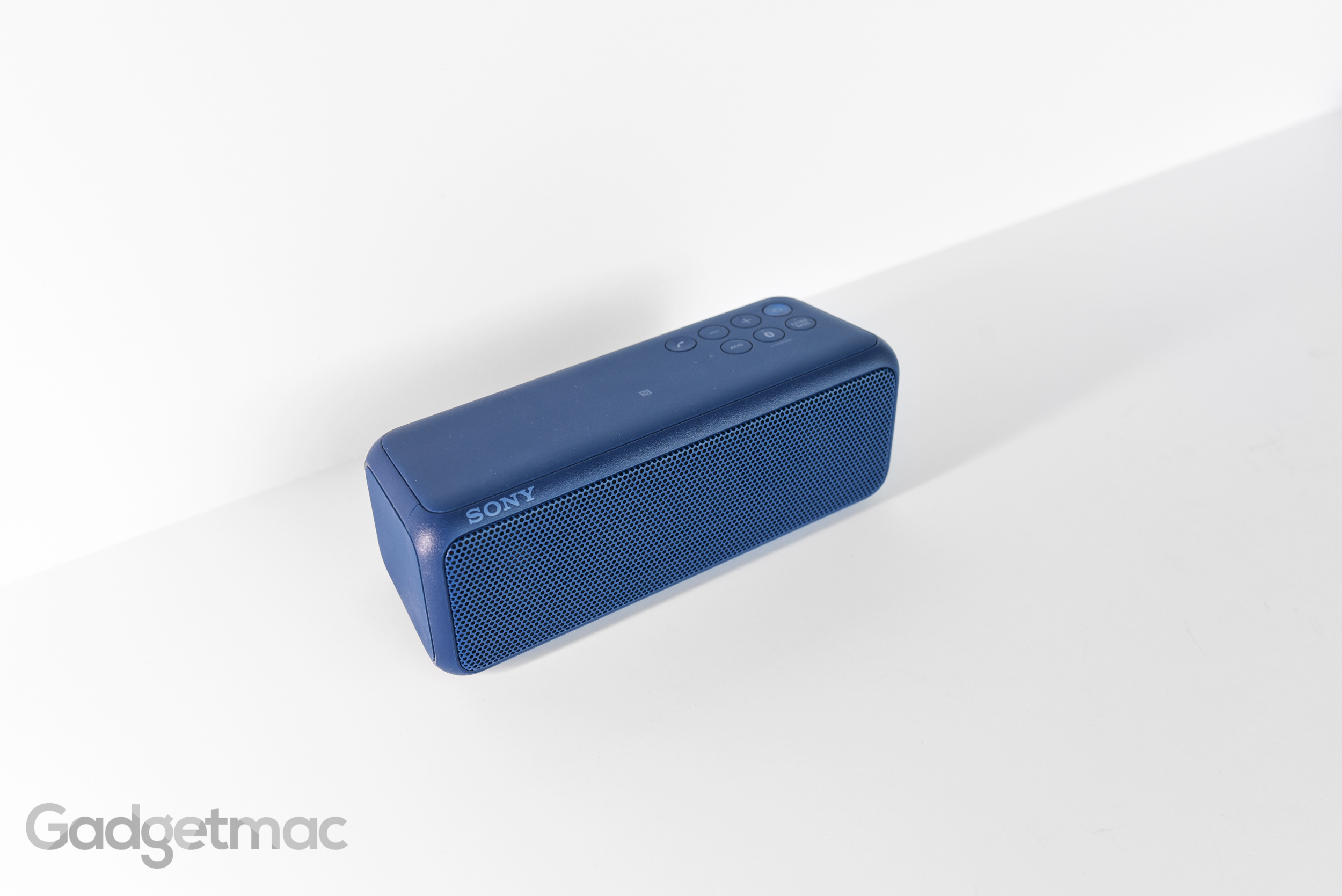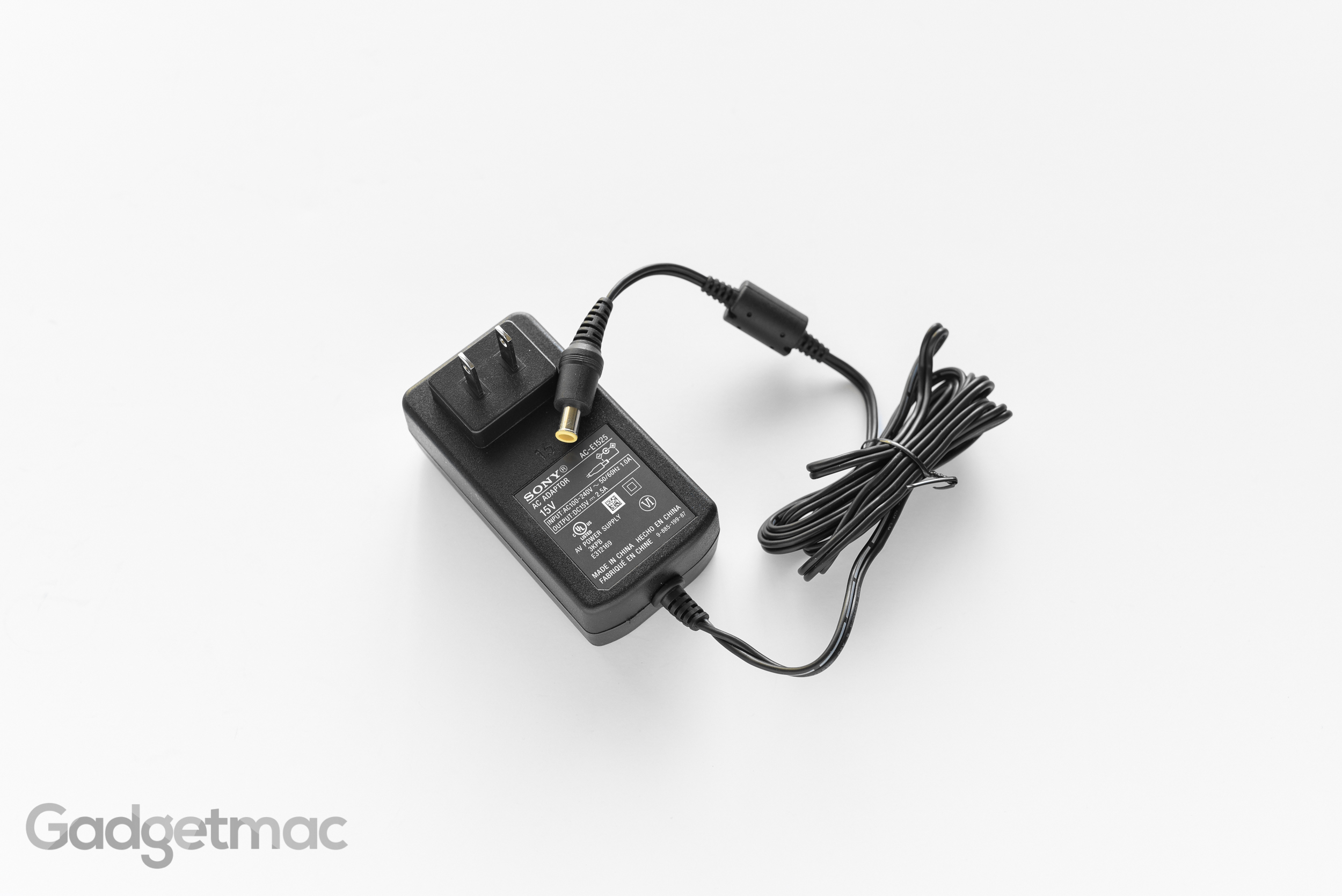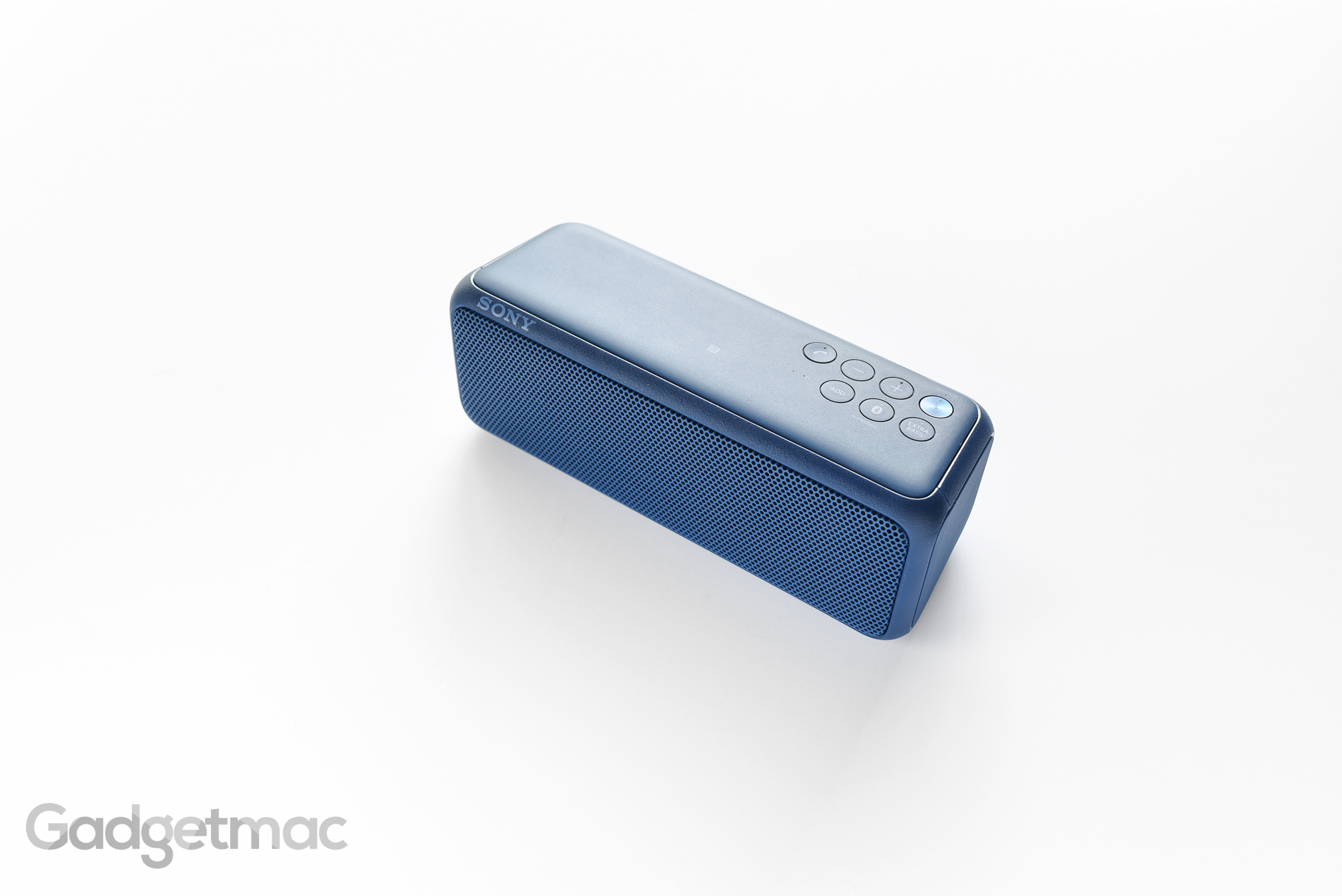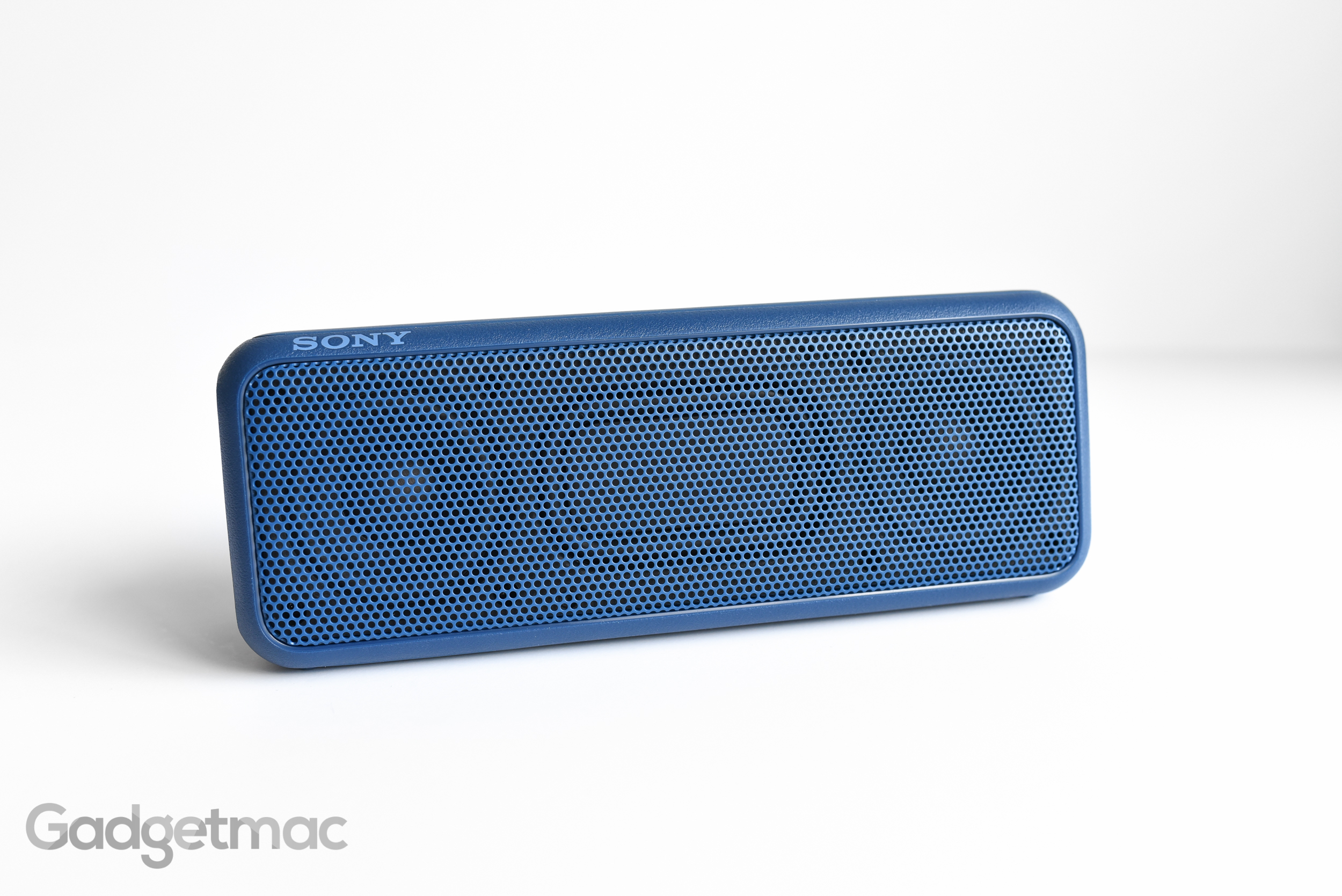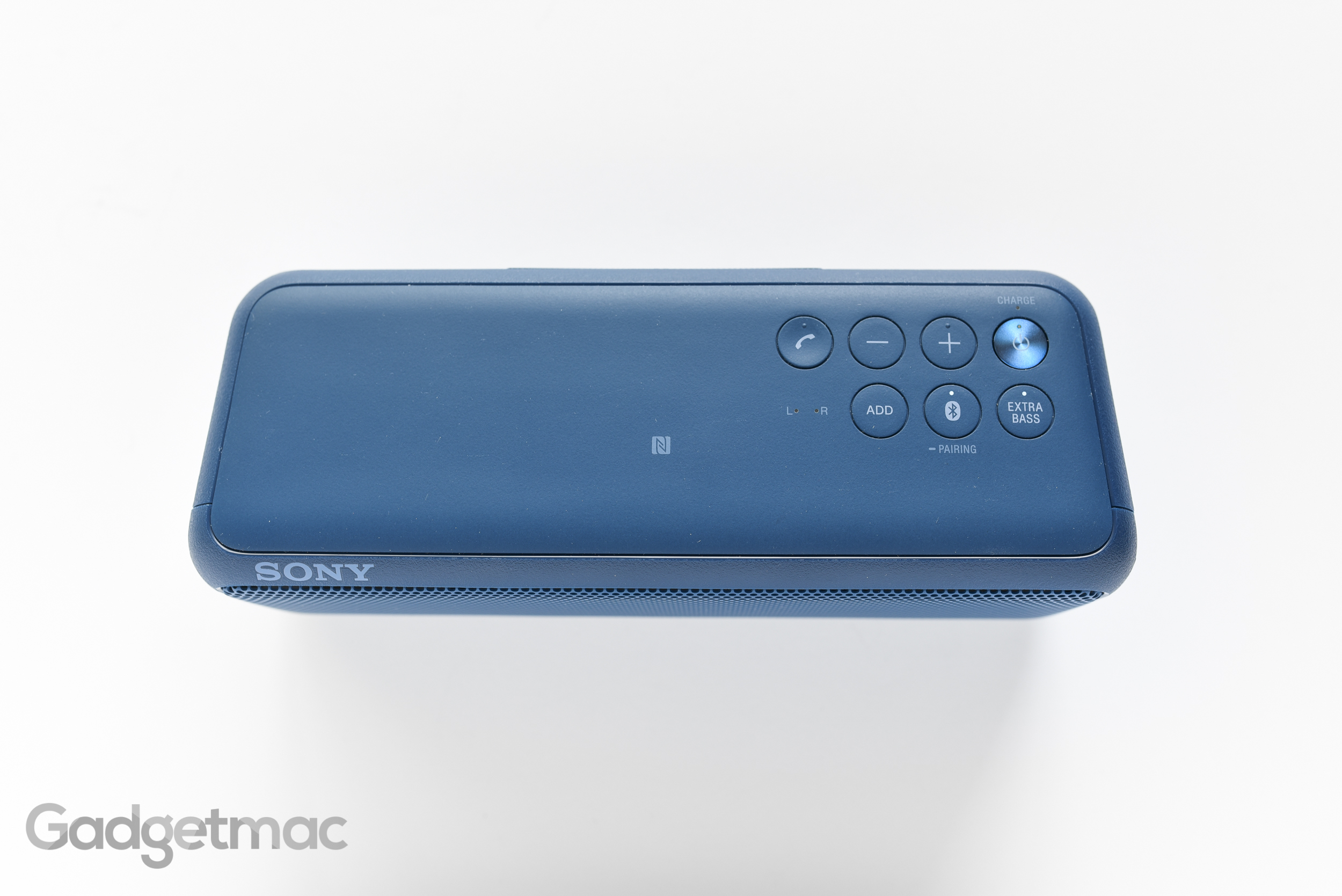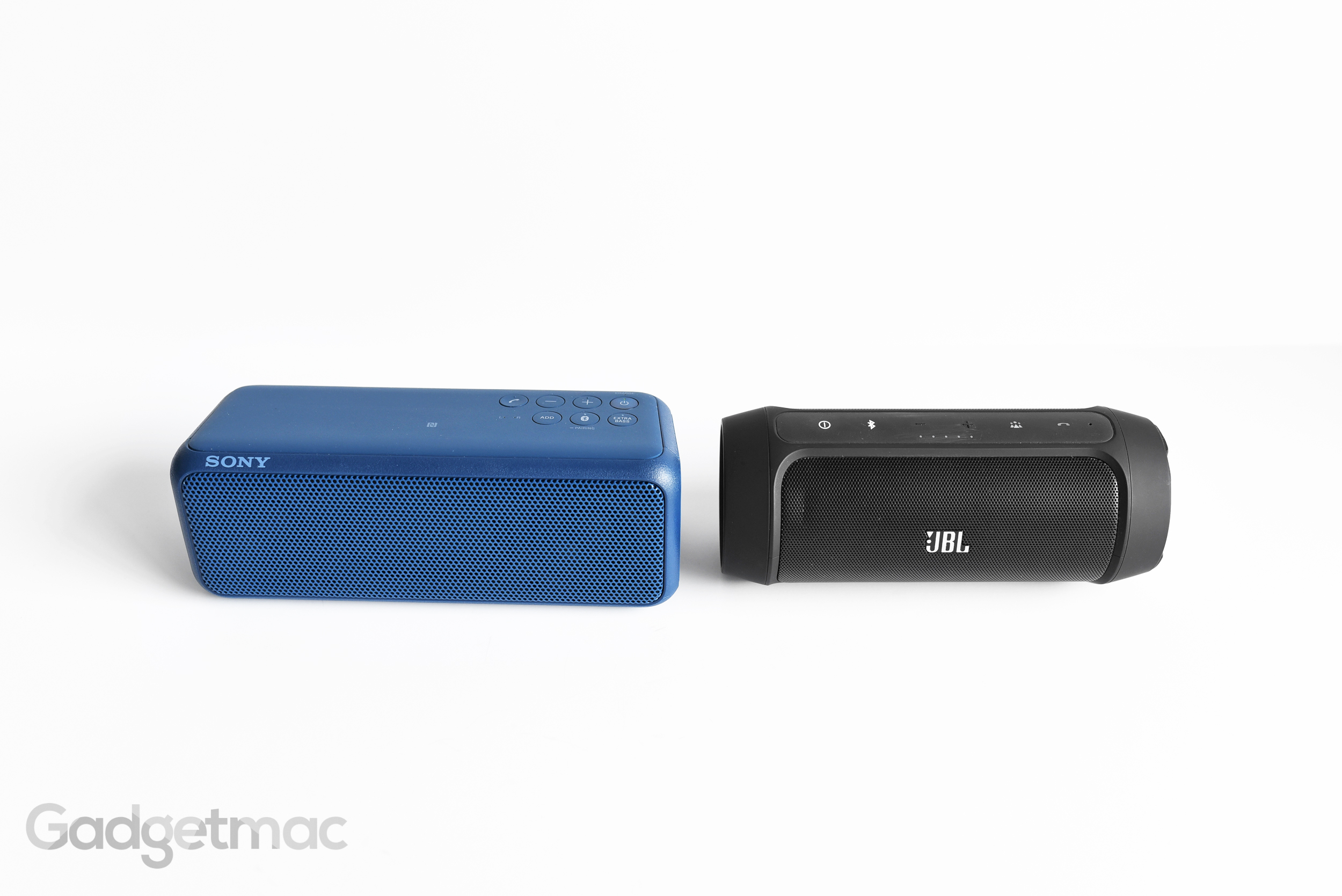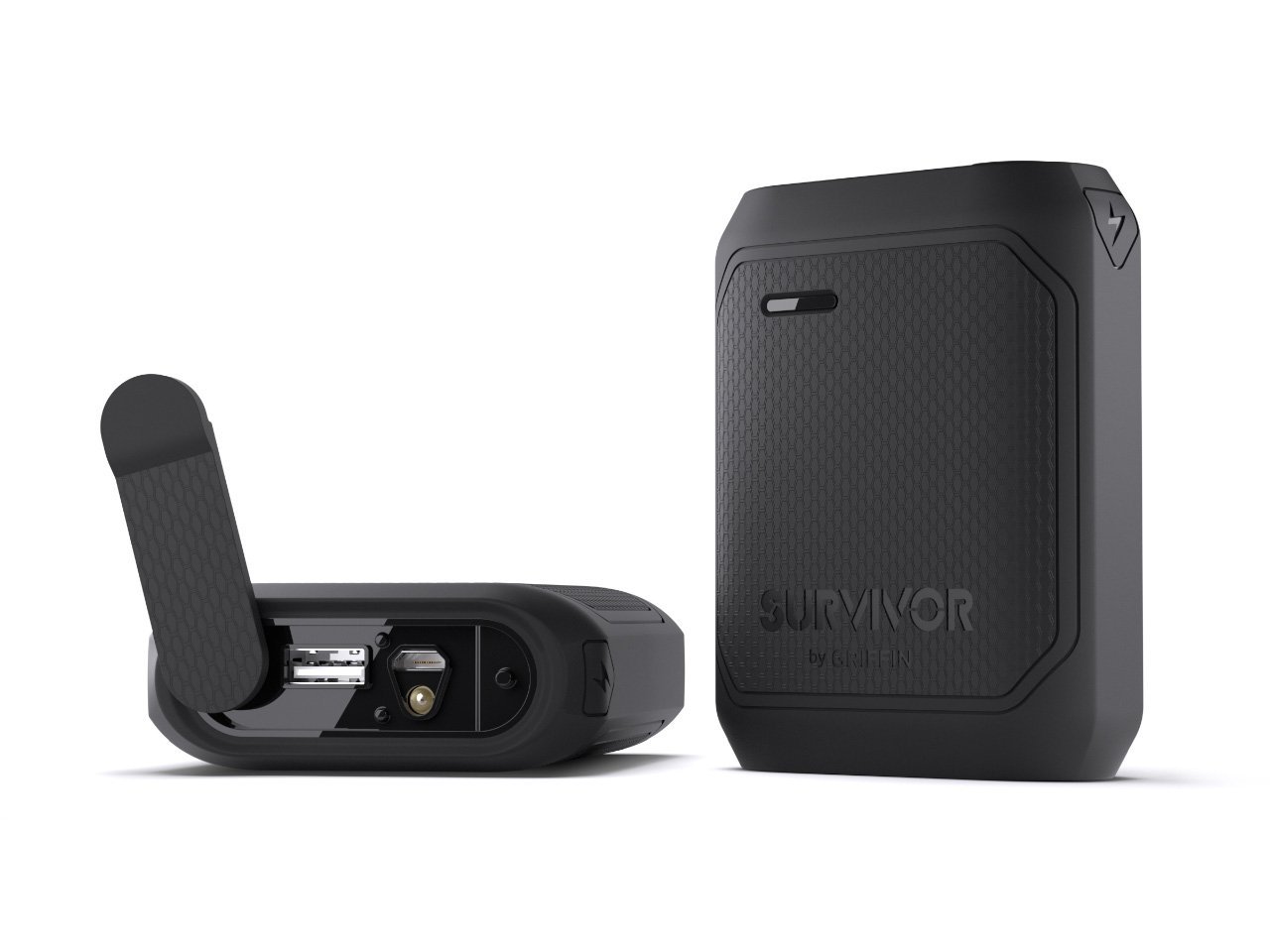Sony SRS-XB3 Portable Wireless Speaker Review
/Sony has released a number of new wireless portable speakers this year with enhanced features like water-resistant properties, greatly improved battery life, and a new Extra Bass mode which Sony claims will produce a deeper, punchier sound using its custom digital signal processing whilst also reducing midrange distortion. With these enhancements also comes more refined designs that while don't drastically veer off from their predecessors, are a welcome change no less. The new SRS-XB3 ($150) and SRS-XB2 ($100) portable speakers both replace SRS-X33 and SRS-X2, and are a part of Sony's affordably priced models. But what we're going to be taking a closer look at is Sony's SRS-XB3, the portable speaker that most likely everyone is going to be interested in as it strikes a perfect balance between price, performance and portability. It even has larger full-range drivers and double the battery life compared to Sony's new and more expensive (also larger) Wi-Fi-enabled H.ear Go SRS-HG1 ($200) portable speaker. But enough rambling, let's get to it and find out how this speaker handles in practice.
Not much can be said about what's included with the SRS-XB3 other than a simple wall charging brick. Sadly, you won't be able to charge this speaker using a USB adapter like you could with the SRS-X33 model before it, which is a shame and an inconvenience. However, since this speaker is equipped with an excellent battery life, it's not that big of a deal.
The SRS-XB3 replaces Sony's brick-shaped SRS-X33 with a new sleek design that's more rounded and bold, but most importantly, it's also more durable with its resilient build that is water-resistant. They've actually refined this model compared to the two previous generations of the SRS-X3/33. It's a subtle change, but you can definitely notice it when you pick it up. This speaker has a great feel that's sturdy yet very polished.
It terms of size, the SRS-XB3 is slightly bigger than the JBL Charge 2+, Bose SoundLink Mini 2, UE Boom 2 and of course the JBL Flip 3. It's also the heaviest out of the three weighing in at just over two pounds, which can only mean two things: longer battery life and better sound quality.
At first glance, Sony's SRS-XB3 is a beautifully simplistic portable speaker with a large perforated front speaker grille made out of metal. In fact, the perforations are so large that you can see into the speaker enclosure and make up the individual drivers inside. It’s a new look when it comes to portable speakers, especially for ones that are water-resistant like this one, and I’m liking this design choice a lot. I absolutely love the design, but even the build quality leaves a favorable impression. This is hands down Sony's most impressive portable speaker yet. It's that good. Even the color looks great in person. A deep, bold blue color. But you can also get the SRS-XB3 in other colors like black, red, and soon in lime green too.
The build quality of the SRS-XB3 is outstanding. Even though it’s primarily an exterior made up of rubber and highly textured hard plastic, it feels as though the inside is structurally a metal chassis. This speaker is one solid puppy. I especially like that large metal speaker grille with its extra large perforations that let you see into the speaker drivers despite the fact the this is in fact a splash proof wireless speaker. Which also unofficially means that it can also handle dirt and dust just as well, but don’t count on that. We’re not sure how durable it really is against all elements, however, it seems like it’s resilient enough that it’ll ward off abuse nicely. The only thing that bothers me about the materials is that these rubber panels easily attract so much lint and pick up dust wherever you set this speaker on. I can only imagine this being worse with the black color, so keep that in mind.
Across the top of the speaker's rubber surface are the SRS-XB3's numerous controls including a power on/off button, volume controls, a multi-function speakerphone button that can also be used to bring up Siri, Bluetooth pairing button (you can also tap to pair via NFC), an "Extra Bass" mode button, and an "Add" button. Sony made it very easy to connect two speakers together without having to depend on a companion app using this dedicated "Add" pairing button for wirelessly connecting a second SRS-XB3 together, which can also be used to switch between stereo and double sound modes when two speakers are joined and paired to your smartphone, tablet or laptop. What I've found to be refreshing was the XB3's silent operation in that when it turns on, gets into Bluetooth pairing mode or simple turns off, there are no audible notifications of any kind other than the visual LED status indicators. No annoying beeps and chimes here, just pure bliss.
As far as Bluetooth audio streaming quality, this speaker pretty much has everything covered when it comes to using high-quality wireless streaming codecs and profiles such as AAC (iOS devices), SBC, LDAC (Sony’s version of AptX), A2DP, HSP and more. The SRS-XB3 is quick to connect to devices over Bluetooth and can also be wirelessly paired to a second SRS-XB3 speaker to either double the sound or create a stereo left and right speaker system using the convenient button interface at the top of the speaker. A useful feature that Sony implemented here are these left and right status indicators to let you know which speaker is active on what channel so that you can correctly arrange it if you are using two speakers in a stereo configuration.
The back side is home to a secondary passive bass radiator covered by a protective metal grille, and to its right is a water-tight door covering the speaker's I/O that includes a 3.5mm audio input, a DC charging input and a standard USB charging output that can be used to charge other portable devices. It's really important that you make sure this cover is tightly closed after opening it as it protects the speaker from water damage as well as dirt and other debris.
Battery life has been really great. You can expect to squeeze around a full day of wireless playtime at medium volume, which is nearly up to 24 hours, or around half as much if you turn the volume up to max; which needless to say is still a pretty impressive number for a speaker this size. Of course you can also use the SRS-XB3’s massive internal battery to charge external portable devices like your smartphone, tablet or camera - even during playing music. We don’t know the exact capacity of the battery Sony packed into this speaker, but it must be very large due to the hefty weight of the speaker and of course the incredibly long battery life. But with such a large battery that can also charge external devices, it would have been absolutely necessary to include some sort of battery status indicator on the speaker itself or at least a companion app that would let you know how much battery is left to use, but clearly Sony thought that would have been a silly feature to add. What a shame.
While the SRS-XB3 won’t turn off after a certain amount of time of being inactive when paired to your device (as in no music playing), it will turn off after a short while to conserve battery if you unpair your device with it or simply forget to turn it off when you leave it behind.
Sony has really been boasting this whole Extra Bass feature of the SRS-XB3, but in reality it fails to deliver on its promise. I don't know what it is about the SRS-XB3, but it doesn't sound as good as I hoped it would. What really messes it up for the XB3 is the over-processed bass response and noticeable audio processing interference. It sounds somewhat muddy and it ruins the midrange clarity with too much warmth and muddiness.
That Extra Bass button doesn't just increase bass, it also increase treble and loudness too. It doesn't really improve the bass all that much actually, but rather amplifies the highs and richness like an EQ setting would. There's a reason why it's on be default, it makes the SRS-XB3 sound more powerful and full. And I will admit that having Extra Bass mode turned on does sound better than without it at all, which gives the speaker a flat sound signature. And for the most part, to most people the bass will be good enough to impress as the dual passive bass radiators and large 48mm full-range drivers produce a good amount of punch. And while vocals and highs in general aren't as pristine and treble-rich as they are on the Charge 2, they still sound clear and less piecing as they are on the warmer side.
At low listening levels, the SRS-XB3 simply doesn’t sound as convincing as the Charge 2. Audio sounds compressed and covered up while the Charge produces brighter vocals and highs that come through very clearly. There’s definitely a lack in treble in the mids and highs no matter if the SRS-XB3’s Extra Bass function is turned on or off, because otherwise it would have clearly sounded a lot better with a brighter sound signature at lower volumes. Things do improve once volume reaches mid-point. The audio turns brighter and sounds less clumped together and compressed. Turning off the Extra Bass mode will lighten up the audio by reducing the amount of bass and warmth using Sony’s custom DSP, or DSEE engine as Sony calls it now. It definitely sounds a lot richer than the Charge 2 at full volume, and not only that, it's also louder and the bass doesn't lose its fullness and doesn't distort at high volumes or sound muffled compared to the JBL Charge 2.
The SRS-XB3 doesn't really impress with its bass performance next to the Charge 2, and although it does sound warmer and richer than the Charge 2, the SRS-XB3's fuller sound signature has more to do with its warmer sounding highs and mids than actually delivering deeper sounding lows - which the Charge 2 has got the XB3 beat in most cases. Without turning on the Extra Bass mode, the SRS-XB3 sounds even worse than the JBL Flip 3. So there's a good reason why it's on by default.
One of the main reasons why it’s so difficult to choose a definitive winner is because each speaker may sound the best depending on what you’re listening too. There is certain types of music where the SRS-XB3 may sound superior while the Charge 2 will clearly sound inferior playing the same music, and vice versa. That said, I did find that happening more often than not with the Charge 2 in that it always sounded best when listening to vocal tracks.
We love the UE Boom 2's extremely clear and wide, 360-degree audio, but for a $200 it's way overpriced and overrated. The UE Boom 2 compared to both the Charge 2 and SRS-XB3 sounds a lot like a flat-chested model. An unsightly aesthetic no less.
The SRS-XB3 is tapered towards the rear so that it can be placed on either side in a vertical orientation like the UE Boom 2, but due to the tapered sides, the speaker sits slightly tilted backwards so that the drivers have a somewhat higher output angle rather than facing straight forward. By positioning the SRS-XB3 upright you're essentially uplifting some of the sound towards you if you're standing up, which is a nice feature to be able to play with for those certain scenarios. Of course you'll lose that stereo left and right separation doing so. It's worth noting that because both sides and bottom of the speaker have rubbery layers, you can place the speaker on any surface without it sliding around or vibrating out of place.
We really liked Sony's SRS-XB3 but only wish it actually had extra bass, a bit more clarity and less of Sony's proprietary audio processing jargon. Regardless, this model is a superior sounding and made speaker than Sony's SRS-X33. The incredibly long battery life, durable build quality, powerful audio and wireless dual-speaker pairing makes the SRS-XB3 a difficult portable speaker to overlook at $150.
It was hard to pick a favorite at first, but after testing and comparing the two speakers extensively over a couple of days using all sorts of music genres, we found Sony's SRS-XB3 to sound finer with its emphasized sound signature compared to JBL's Charge 2. If you want to get the biggest sound out of the smallest portable speaker as you possibly can, this is the speaker you're going to want to take a good hard look at. That being said, we're confident that JBL's soon-to-be-released Charge 3 model will set the bar even higher than the Charge 2 has.






